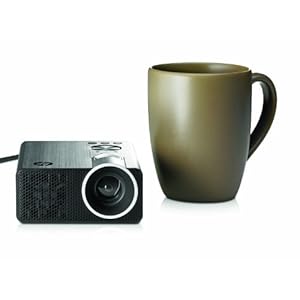DIY Home Theater Additions - Home Theater Soundproofing
DIY home theater additions are quickly becoming the thing of the future. With the economy in its present state, many homeowners are looking to add value to their properties while maintaining their budget. This translates most oftentimes into three little letters: DIY. Home theater construction is just one of the many DIY projects homeowners are undertaking in an effort to add value to their homes.
DIY Home Theater Additions - Home Theater Soundproofing

DIY Home Theater Additions - Home Theater Soundproofing
DIY Home Theater Additions - Home Theater Soundproofing
DIY Home Theater Additions - Home Theater Soundproofing
When it comes to building a home theater, homeowners need to remember one thing: You can't underestimate the importance of do it yourself soundproofing! No matter how good your home theater looks, it's likely to disappoint you if you don't take care of the sound.
Why is Home Theater Soundproofing so important?
Home theater soundproofing decreases the amount of noise that escapes from your theater room into the rest of your house. Peacemaker soundproofing insulation is one type of soundproofing material that is ideal for your DIY home theater project. Installed within the walls, floors, and ceiling, these eco-friendly insulation sheets and rolls come in various thicknesses to help keep sound where it belongs.
Peacemaker's impact extends beyond the area you are soundproofing. The rubber soundproofing material puts old and recycled tires to sound use, keeping them out of already-overflowing landfills. In using products such as these to soundproof your room, you are making a difference not only in your immediate environment but in the greater one as well.
Beyond Home Theatre Soundproofing - Improve Home Theater Acoustics
When it comes to DIY home theater projects, do it yourself soundproofing is not the only requirement. Adding absorptive material to the walls of a finished home theater room is necessary to improve room acoustics. This acoustic treatment will aid in reflecting the sound that leads to echoes and reverberation. Absorptive products such as acoustic panels and sound absorption sheets work to acoustically tune a room, bringing out the sounds you want to hear and absorbing those that you don't.
Bass traps and Sonipad Anti-Vibration Isolation Platforms are other acoustic elements that can be added to your DIY home theater. Bass traps capture low-frequency sounds whereas Sonipad Platforms "float" a device (for example, a speaker) to reduce surface vibration, resulting in tighter, fuller sound.
DIY Home Theater Additions - Home Theater Soundproofing
